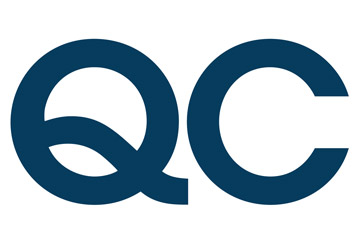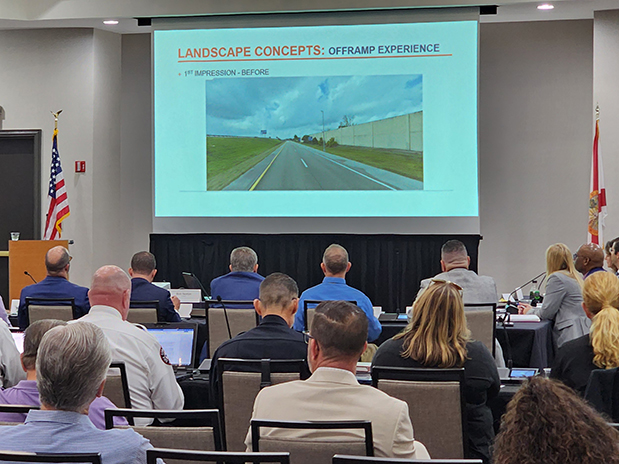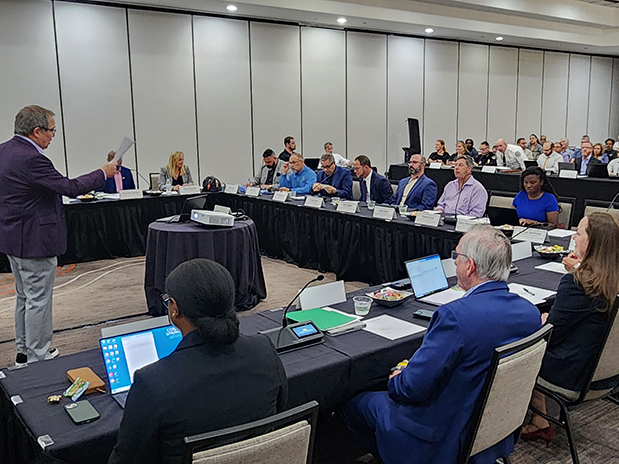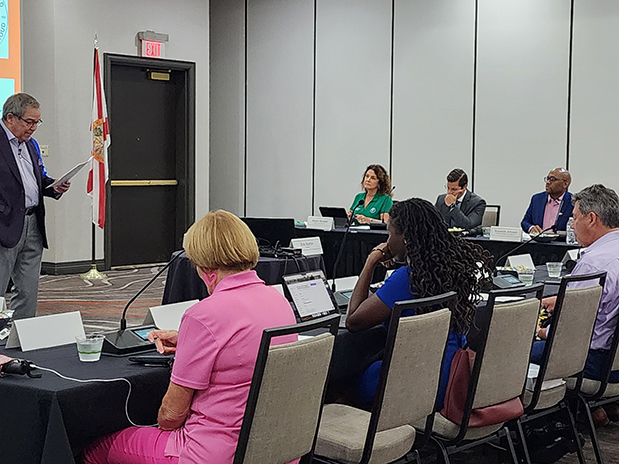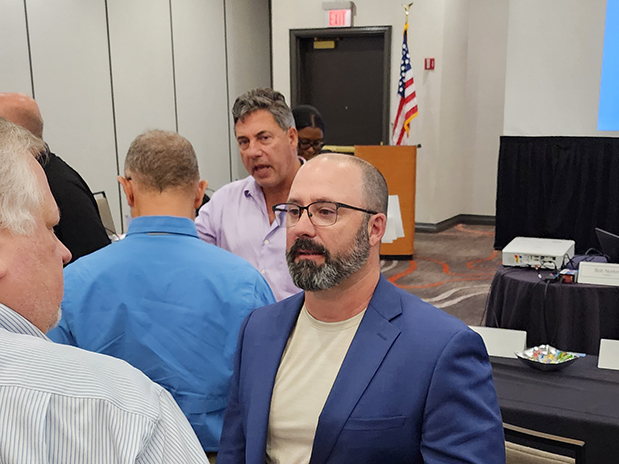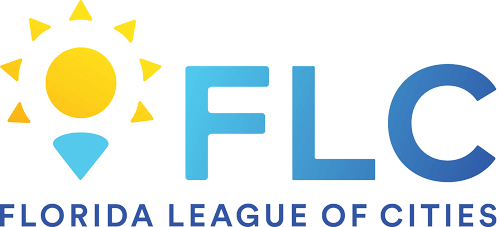A bold redevelopment effort in Parkland is transforming the site of a former PGA Tour golf course into a vibrant new downtown – and it’s happening with the help of a neighboring city.
The “Village in the Park” project, located on the site of the shuttered Heron Bay golf course, represents Parkland’s vision for a walkable, mixed-use town center that blends green space, retail, dining, and recreation. But to fully realize that vision, the city needed more than just a thoughtful master plan. It needed regional collaboration. In 2024, Parkland and the City of Coral Springs entered into a landmark annexation agreement that officially transferred approximately 8.5 acres of land from Coral Springs to Parkland.
The annexation, which required approval from both city commissions and the Florida Legislature, reflects a high level of intergovernmental cooperation. Coral Springs agreed to de-annex the property, and Parkland compensated the city nearly $680,000 to offset the loss of tax revenue. The agreement was formalized with the passage of House Bill 4071, which will take effect September 15, 2025, making the land officially part of Parkland’s jurisdiction.
For both cities, the arrangement represents a win. By bringing the parcel into Parkland’s boundaries, the city gains full control over land-use decisions and design standards for the entire Village. Coral Springs, meanwhile, benefits from a collaborative planning process that ensures the broader area is developed in a cohesive, community-focused way.
“I couldn’t see any reason not to do it that outweighed all the reasons to do it: controlling the fate of the property, ensuring it wasn’t over-developed, overseeing design that was Parkland-like, and providing shopping, dining, and recreational opportunities that our residents told us they wanted,” said Parkland Mayor Rich Walker. “We couldn’t have asked for a better partner than the City of Coral Springs. Our joint workshop was really rewarding; I’m proud of our City Commission and am grateful to Mayor Scott Brook and the entire Coral Springs City Commission.”
The spirit of partnership was evident throughout the process. In September 2024, Parkland and Coral Springs held a joint public workshop to outline the proposal for residents. Parkland officials emphasized their intent to integrate the annexed land seamlessly into the larger vision for the village, which includes a central green space, a pedestrian-friendly main street, and spaces for local dining, events, and community gatherings.
“Our Parkland city staff have always enjoyed a good working relationship with Coral Springs city staff, so this collaboration was natural for us,” said Parkland City Manager Nancy Morando. “We hit the ground running, and that was helpful in this process.”
“Village in the Park” is more than a name – it’s an intentional effort to design a space that reflects the character and values of the community. The city engaged 505 Design to develop a master plan rooted in public input and local identity. Rather than turn to a private developer to define the site’s future, Parkland first secured control of the land itself, purchased from the North Springs Improvement District in 2022 for $25.4 million. A market study confirmed high demand for restaurants, retail, fitness centers, and family-friendly amenities – needs that Parkland hopes to meet close to home, rather than see residents continue to drive to nearby cities for dining and entertainment.
Infrastructure and mobility planning are moving in step with the redevelopment. FDOT is expanding the Sawgrass Expressway and improving the nearby interchange at Coral Ridge Drive to ease traffic concerns as construction ramps up. The city also amended its land development code to create a new zoning district for the project, ensuring consistent design guidelines and architectural standards.
As the village concept advances, Parkland is reviewing developer proposals and preparing for the next phase of design and construction. The annexation agreement with Coral Springs is a foundational piece of that progress, one that reflects how collaboration between cities can lead to smarter, more community-driven growth.
“When city commissions sit down at the same table to collaborate on complex issues – including the sale of land from one city to another – that’s not business as usual in municipal government, that’s government working together,” Morando said.
Parkland and Coral Springs demonstrate how mutual respect and shared planning can create long-term benefits for residents on both sides of the city line – showing what’s possible when local governments work together toward a common vision.
Takeaways for Local Governments
- Plan Before You Build
Parkland acquired the land before involving developers, giving the city full control to shape a master plan based on community input rather than market pressure.- Collaborate, Don’t Compete
Instead of letting jurisdictional lines stall progress, Parkland and Coral Springs negotiated an annexation agreement that benefited both cities, ensuring a seamless planning process and fair compensation.- Align with Infrastructure
The city coordinated its redevelopment timeline with regional transportation upgrades, helping to head off traffic concerns and support long-term growth.- Use Public Input as a Compass
Parkland’s residents helped shape the vision from the start, resulting in a plan that reflects real community priorities, not just developer interests.- Lead with a Clear Vision
By updating zoning codes and design standards in advance, Parkland ensured future development would stay true to the city’s identity and long-term goals.
